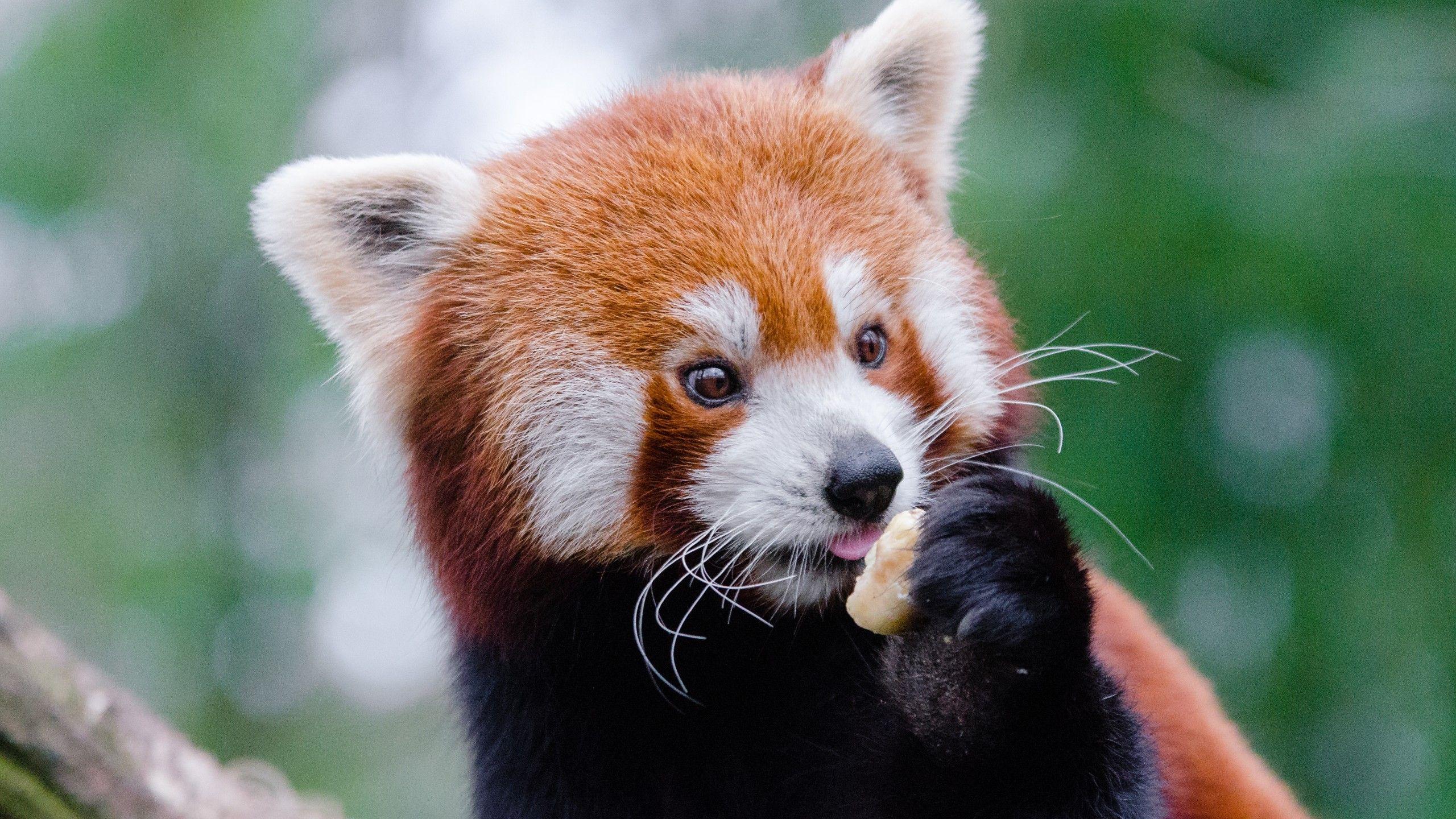

If they weren’t around to naturally control the bamboo plants, the forests would be overrun with it. In addition, Red Pandas feed on fresh bamboo. If Red Pandas are extinct, the lives of their natural predators are in danger too. Red Pandas bring balance to the ecosystem. By conserving the Red Panda’s natural habitat, other species also benefit from conservation, such as a variety of different birds and the Himalayan Black Bears. Their presence is studied by biologists to determine the health of their habitat. There is no other animal like the Red Panda, and the ecological impact of their absence would cause greater problems than just the devastation over the loss of this creature. The Red Panda is the only animal in their family, “Ailuridae.” This means that if they’re gone, they’re gone forever. Image Credit: Pixabay Reasons for Conservation of the Red Panda This also applies to humans The Red Panda doesn’t want the company of other animals and it doesn’t want your company either. Naturally solitary animals, Red Pandas spend most of their life alone except for breeding season, when they will seek out potential mates. Their unhappy lives are cut drastically shorter by misery and poor health in captivity.

Their natural lifespan is around 23 years. Their natural behaviors, like climbing and foraging, aren’t possible. Their coats are too warm for indoor environments. When Red Pandas are kept in homes, they suffer a great deal. It would be nearly impossible for a person to provide the type of diet that this animal needs to be healthy. The Red Panda’s diet is made up of fresh leaves and bamboo, things that aren’t accessible to them in captivity. Red Pandas are also known to be “escape artists.” The last thing that you’d want is to be chasing a wild animal through your house as they’re expressing their anal glands in dismay. If they become agitated from being confined to a space that’s too small, that will still cause them to release their trademark scent. The Red Panda needs quite a bit of room in an enclosure for climbing and foraging. Image Credit: PixabayĬaging this animal doesn’t solve the problem. If you force that territory to be your home, the Red Panda is going to do what they know to do, whether it’s on trees in the wild or your couch. They use the same scent to “mark” their territory. These animals also possess an anal gland that releases a horrible smell whenever they’re upset or feel threatened. These claws stay sharp, so you and your home are at risk for major damage. Made for the outdoors, these animals have long claws to help them climb trees. Even the most rambunctious dog or cat is nothing like having a Red Panda in your home. This is simply not true.Īside from being illegal and something that we never suggest or support, keeping a Red Panda as a pet is detrimental to their health. If you see a video of a Red Panda in captivity, it can seem like this animal would make a wonderful pet. Other times, what you’re seeing is actually a rescue or wildlife sanctuary, where the animals cannot be released back to the wild and survive on their own.

Sometimes, the animals are obtained illegally or have been captured from the wild. The origins of these videos aren’t always clear. Videos on social media sometimes show wild animals being kept in captivity, as pets or otherwise, making people wonder why they can’t have one of these animals too.

Why You Should Not Keep a Red Panda as a Pet We do not suggest ever keeping a Red Panda as a pet, for all of these reasons and more. Purchasing a Red Panda is illegal, and this species is protected by law in their natural habitat. Unfortunately, black market smugglers have led to the decline of this beautiful animal’s population. Red Pandas are truly unique and completely adorable, so naturally, people have wondered if they can be kept as pets. They’re more closely related to skunks, weasels, and raccoons. While both Red Pandas and Giant Pandas eat bamboo, the Red Panda is in a family all by themselves and not closely related to the Giant Panda at all. “Ponya” is a Nepali word that is believed to be the origin of “Panda,” or bamboo eater. Native to the Eastern Himalayas and Southwestern China, Red Pandas have become endangered due to poaching for their fur, the illegal pet trade, and the loss of their natural forest habitat. Their trademark brick-red fur, white faces, and large, pointed, furry ears often delight anyone who sees them. They look like a mix of a raccoon, fox, and bear, but they’re slightly larger than a cat. Red Pandas are adorable creatures that are loved by many, but it’s hard to tell what they actually are.


 0 kommentar(er)
0 kommentar(er)
